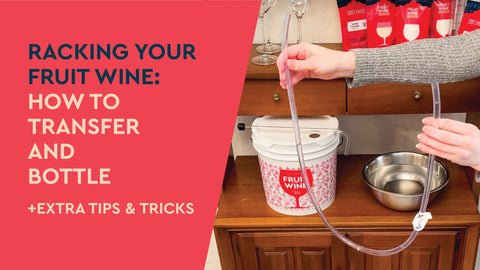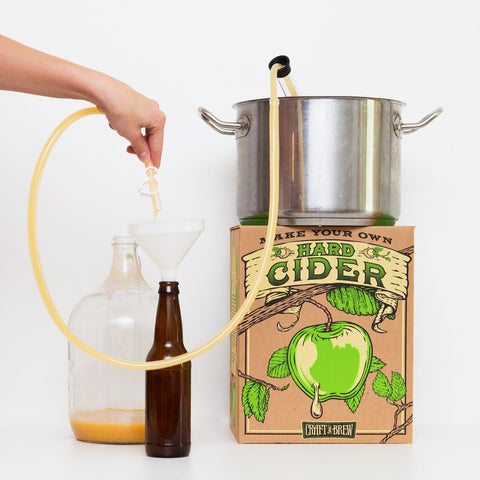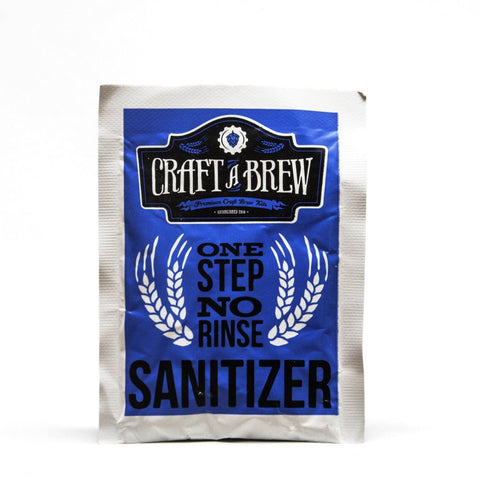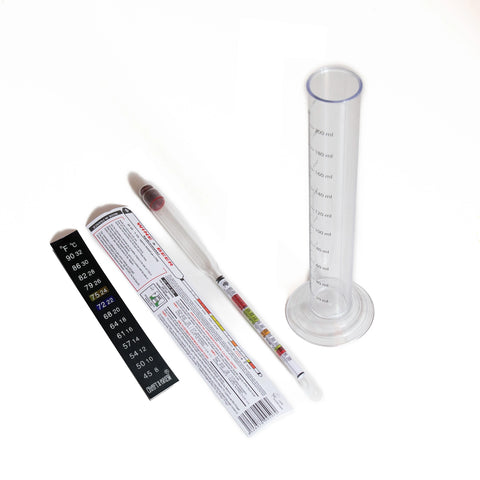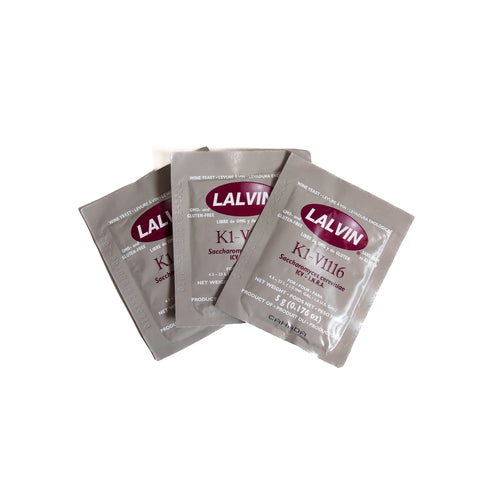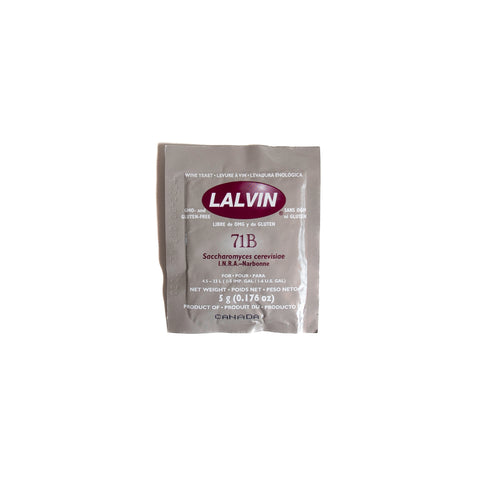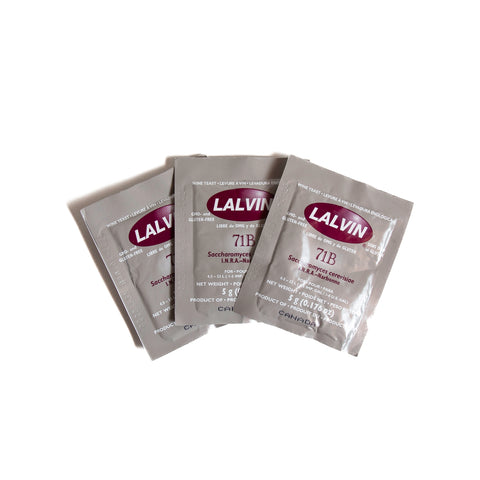Fruit Wine FAQs
This kit can make up to 20 one-gallon batches of fruit wine! One gallon of wine fills five standard 750 mL wine bottles.
Beyond this kit, you’ll need to source fruit and bottles.
Fruit wine can be made with a combination of whole fruit + water or juice. You’ll need about 3-5 lb of fruit and up to a gallon of water or fruit juice. Fruit wine can also be made with a gallon of fruit juice alone.
Each 1 gallon batch of fruit wine will fill five standard 750 mL wine bottles. You can use twist off wine bottles, regular cork bottles & corks or flip top beer bottles.
Because every batch of fruit wine will be unique, the precise ABV will vary. A hydrometer is the best tool for calculating the actual alcohol content of your wine. You’ll take a sample of your must (unfermented wine) before you add yeast and note this “original gravity” reading or OG. You’ll take another sample of your wine once fermentation is complete and note this “final gravity” reading or FG. Comparing these 2 figures will give you your final ABV!
We recommend standard 750 mL wine bottles and corks. You can reuse empty bottles of wine you drink at home - corked or twist off bottles. You can also use flip top beer bottles. We do not advise using mason jars for storing your finished wine - they do not provide an appropriate seal and wine can oxidize. Oxidation can discolor your wine and create stale off-flavors.
- Our Fruit Wine Kit instructions include steps for optional Cold Crashing. This cold storage technique can help improve the clarity of your wine once fermentation is complete (and before bottling). Store your fermenter in the fridge for 3-5 days with the airlock on. During this time, the cold will force yeast & sediment out of suspension for better clarity.
You can also use fining agents, like SuperKleer, to clear up a fermented wine.
Don’t worry - it’s normal to observe a significant decrease in airlock bubbling. As the yeast continue to deplete their food supply (sugar) the fermentation activity will slow down to a calmer pace for the remainder of the process. The yeast is still fermenting even if the airlock isn’t frequently bubbling.
Our Guide to Making Fruit Wine
A step by step guide to fermenting and bottling your Fruit Wine. Includes 11 tried & true recipes, including Blueberry Wine, Banana Wine, Classic Concord Grape Wine, Apple Wine & even a Hibiscus Wine!
If you’re still stumped or don’t see your question answered above - email us at support@craftabrew.com. Don’t dump anything until we’ve connected. Including photos in your email will help us help you more efficiently.
